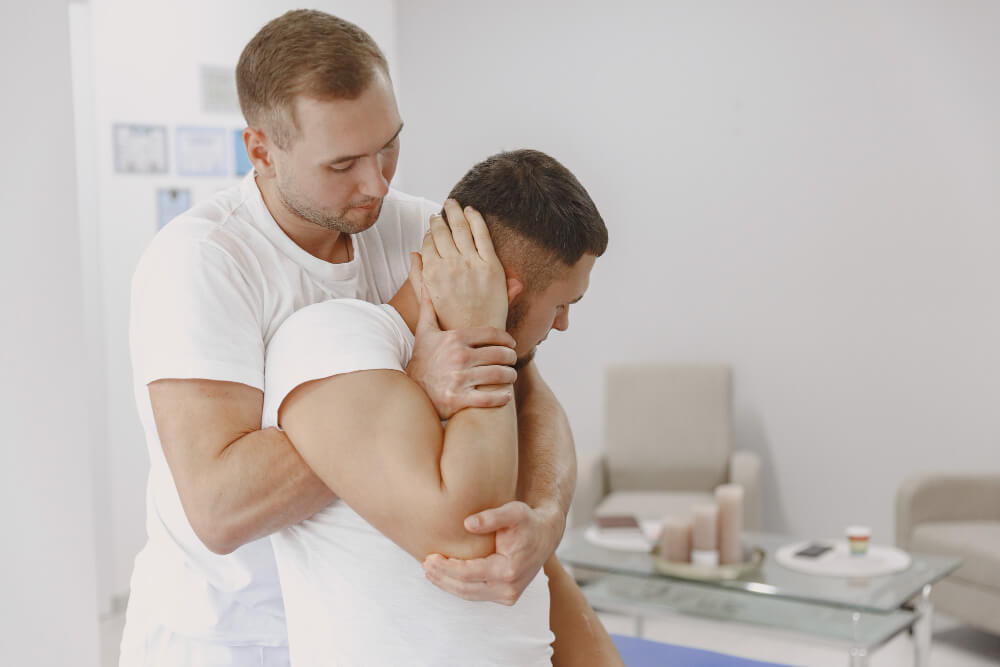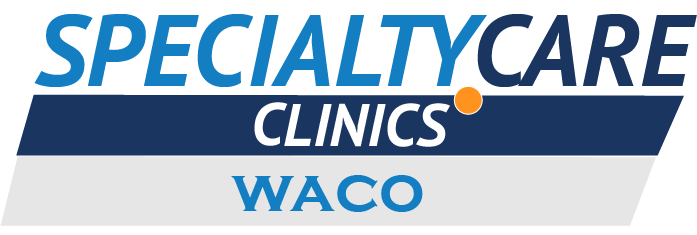Beyond the Bumpers: Understanding Auto Accident Injuries and the Role of Auto Injury Chiropractic Care
The sudden jolt of a car crash, the screech of metal, and the unsettling silence that follows – car accidents can be a frightening experience. While visible damage to vehicles is often the immediate focus, the human body can absorb significant force during a collision, leading to a variety of injuries. Beyond the scrapes and bruises you might see, car accidents can cause internal injuries and musculoskeletal issues that may not be immediately apparent.
This article empowers you with knowledge about auto accident injuries and the potential benefits of auto injury chiropractic care in promoting a comprehensive recovery process.

Demystifying Auto Accident Injuries: Common Types and Potential Impacts
Visible Injuries:
These are readily apparent after an accident and include:
- Scrapes and Cuts: Minor abrasions and lacerations are common, requiring proper cleaning and wound care to prevent infection.
- Bruises: Bleeding under the skin causes discoloration and pain. These typically heal on their own with time.
Invisible Injuries:
These injuries may not present immediate symptoms but can manifest later, causing significant discomfort and impacting mobility. Common invisible injuries include:
- Whiplash: A sudden jolt during a car accident can strain the muscles and ligaments in the neck, leading to pain, stiffness, and headaches.
- Sprains and Strains: These involve stretching or tearing of ligaments or muscles, respectively, causing pain, inflammation, and difficulty moving the affected area.
- Back Pain: The impact of a collision can stress the spine, leading to back pain, muscle spasms, and radiating pain down the legs.
- Headaches: Concussions, even mild ones, can manifest as headaches following a car accident.
- Joint Pain: Injuries to ligaments or tendons surrounding joints, particularly in the shoulders, knees, or ankles, can cause pain and limited mobility.
Benefits of Auto Injury Chiropractic Care: A Holistic Approach to Healing
After a car accident, seeking medical attention is crucial. While conventional medicine focuses on treating specific injuries, auto injury chiropractic care offers a complementary approach to promote overall healing and address potential underlying issues. Here’s how chiropractic care can benefit your recovery:
- Pain Management: Chiropractic adjustments can help reduce pain caused by muscle tension, joint misalignments, and inflammation.
- Improved Range of Motion: Gentle adjustments can improve flexibility and range of motion in the spine and joints, promoting better mobility.
- Reduced Inflammation: Chiropractic care can help manage inflammation, a natural response to injury, which can contribute to pain and stiffness.
- Enhanced Nervous System Function: Chiropractors believe that misalignments in the spine can affect the nervous system. Adjustments may improve nerve function, promoting overall well-being.
- Complementary Treatment: Auto injury chiropractic care can work alongside conventional medical treatment to optimize your recovery process.
What to Expect During Auto Injury Chiropractic Care:

A consultation with an auto injury chiropractor typically involves a thorough review of your medical history, a physical examination, and a discussion of your accident and any symptoms you’re experiencing. Based on this information, the chiropractor will develop a personalized treatment plan that may include chiropractic adjustments, therapeutic exercises, and lifestyle recommendations.
Beyond Chiropractic Care: Additional Considerations for Recovery
While auto injury chiropractic care offers numerous benefits, a comprehensive recovery process often involves additional steps:
- Medical Evaluation: Seek medical attention to rule out any serious internal injuries and receive appropriate treatment.
- Rest and Relaxation: Allow your body time to heal. Adequate rest and sleep are crucial for recovery.
- Physical Therapy: Exercises prescribed by a physical therapist can strengthen muscles, improve flexibility, and promote healing.
- Pain Management Medication: In some cases, pain medication prescribed by your doctor can provide temporary relief, allowing you to participate in physical therapy exercises.
- Healthy Lifestyle: Maintaining a healthy diet and staying hydrated can support your body’s natural healing process.
